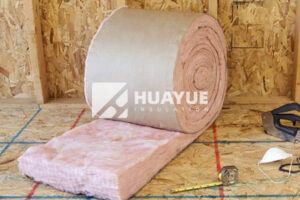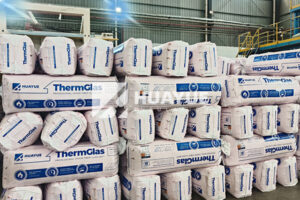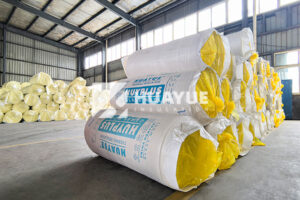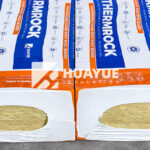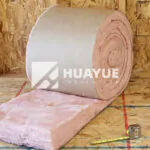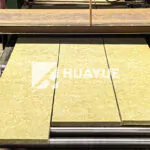What is a Fibreglass Batt?
You want to insulate your home, but picking the right material feels overwhelming. Fibreglass batts are everywhere—what makes them special, and are they really worth it?
Fibreglass batts are pre-cut panels of glass fiber insulation often used in home walls, attics, and floors. They are easy to install, non-combustible, and available in different sizes, colors, and R-values depending on regional requirements.
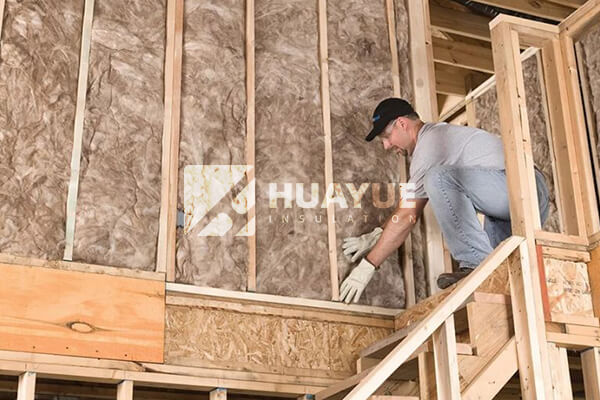
When I look at insulation solutions for residential projects, I see fibreglass batts used most often in countries like the USA, Canada, Australia, and New Zealand. Each country has its own rules about required R-values. I get requests for different colors—pink, brown, white, yellow—and custom-faced batts to match these standards. The range of options makes fibreglass batts a top choice no matter where you are. Let’s answer the key questions I hear all the time.
What is the difference between fiberglass insulation and batt insulation?
Many people wonder if “fiberglass insulation” and “batt insulation” are the same thing or if they have important differences.
Fiberglass insulation is a general term for insulation made from spun glass fibers. Batt insulation is a shape or form of insulation. Fiberglass batts are just one type, pre-cut and designed to fit standard stud spacing in walls and ceilings.
I often explain this to customers: batts are only one form of fiberglass. Loose-fill fiber is another. Batts come as rectangular slabs that slide into wall cavities. Loose-fill is blown in and settles into spaces. Both are made of glass fibers, but batts are easier for homeowners to install since you just pick up the right size and fit them in. When a project needs quick and tidy insulation, batts get my vote. In the US and Canada, pink batts are common. In Australia and New Zealand, brown or yellow are more popular. Choosing by color helps builders match local codes or aesthetic preferences.
| Insulation Type | Form | Installation | Common Use | Colors available |
|---|---|---|---|---|
| Fiberglass batt | Pre-cut slab | DIY-friendly | Walls, ceilings | Pink, Brown, White, Yellow |
| Fiberglass loose-fill | Blown fibers | Requires machine | Attics, small gaps | White, Yellow |
| Mineral wool batt | Pre-cut slab | DIY-friendly | Fire-resistant areas | Brown, Dark grey |
Is fiberglass batt insulation good?
People want to know if fiberglass batts really perform well or if they’re just cheap and convenient.
Fiberglass batt insulation is a strong choice for home projects. It provides solid thermal performance, is non-combustible, resists moisture, and doesn’t easily support mold growth.
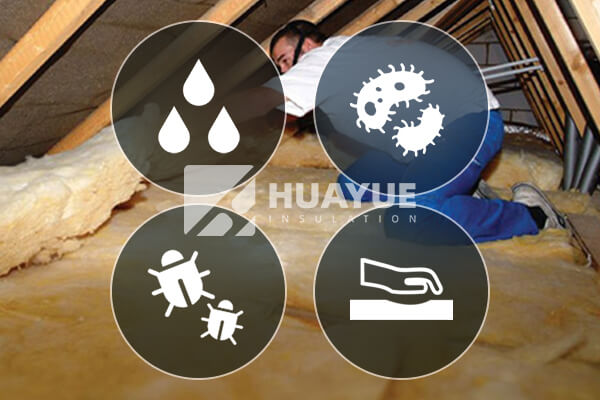
From what I’ve seen, most builders use fiberglass batts for a simple reason. They work. Pink or brown batts can hit high R-values for energy code compliance. They don’t burn, which is vital for safety. The panels are light to handle and easy to size. When installed right—cut to fit, gaps sealed—they deliver consistent comfort. For people who want efficient insulation in a known, proven package, batt insulation is a winner.
Key Benefits of Fiberglass Batt Insulation
| Benefit | Description |
|---|---|
| Thermal Performance | Meets strict R-value codes with the right thickness |
| Fire Resistance | Non-combustible; excellent safety rating |
| Moisture Resistance | Glass fibers do not absorb water; resists mold and mildew |
| Easy to Install | Pre-cut to standard sizing for walls and ceilings |
| Cost-Effective | Cheaper than many alternatives for a given R-value |
| Custom Options | Many colors and facings available to match market needs |
How long does a fiberglass batt last?
Longevity matters to anyone making a big home investment. Does fibreglass batt insulation stay good for decades?
Fiberglass batt insulation lasts for the lifetime of the building if kept dry and correctly installed. Most batts can function for 50 years or more with no loss in performance.
In my experience, once I install fiberglass batts in a wall or attic—provided no water leaks or pest infestations—the insulation stays right where it should be and maintains its R-value. Building codes often use the word “permanent” when describing fiberglass batts. I have replaced drywall in old homes and found batts still working after decades. If the insulation ever gets wet, it should be dried out quickly. Fiber glass will not easily degrade, rot, or collapse on its own, unlike some organic insulations.
Why is batt insulation so expensive?
The cost of batt insulation surprises many buyers. Why does something that looks simple cost so much?
Batt insulation may seem pricey because of the advanced manufacturing process, quality certifications, and the strict compliance to national energy and fire safety codes.
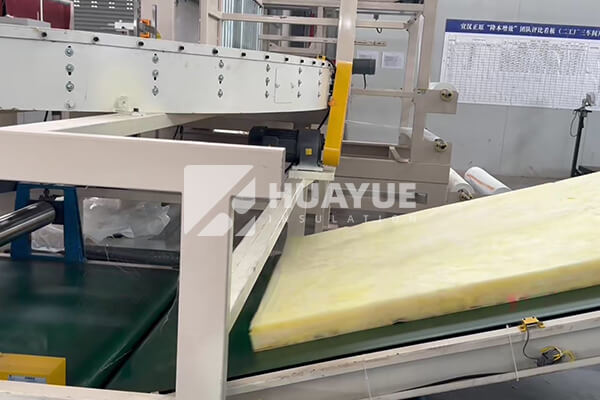
Manufacturing fiberglass batts takes careful control. The glass fibers need to be spun finely, layered for firmness, and cured to hold their shape. Factories must meet environmental and safety regulations, with testing for fire, R-value, and chemical standards. At HUAYUE Group, I see how much attention goes into quality certs like ISO 9001 and CE marking. Transport costs, material handling, and custom sizing for each market (such as wider batts for Australia or higher R-value batts for Canada) also raise the price. Still, for a product that lasts a lifetime, batt insulation is a good investment.
Can fiberglass batt insulation get wet?
Every homeowner fears water leaks. Can fiberglass batts handle moisture, or do they fall apart when wet?
Fiberglass batts can get wet but will not lose their shape or performance once dried properly. They do not absorb or retain water like some natural fibers.
I have come across homes where a roof leak soaked the ceiling batts. The glass fibers themselves don’t soak up water. With some airflow, the insulation dries out and can keep working. Unlike cellulose or wool, fiberglass doesn’t support mold or bacteria growth after drying. Still, standing water or repeated moisture can lower performance. When this happens, I test the insulation and dry or replace if needed.
Do you need a vapor barrier with batt insulation?
Building codes mention vapor barriers, especially in colder climates. Do you always need to add one with batts?
A vapor barrier is often needed with fiberglass batt insulation in climates with strong temperature differences, especially when warm, indoor air could condense inside cool wall cavities.
When I ship fiberglass batts to Canada or northern US states, builders usually want a plastic film facing or add a separate vapor barrier. This blocks water vapor from moving into the wall where cold can turn it into moisture. In drier or milder climates like much of Australia, vapor barriers may not be needed. It is important to check local codes and follow recommendations for where the insulation goes in the wall system.
When to Use a Vapor Barrier
| Climate Zone | Vapor Barrier Needed? | Example |
|---|---|---|
| Cold / Humid | Yes | Canada, Northern USA |
| Mild / Dry | No | Southern Australia |
| Mixed / Seasonal | Sometimes | UK, Central Europe |
Does batt insulation get moldy?
No one wants hidden mold behind their walls. Does batt insulation support mold growth?
Fiberglass batt insulation does not naturally support mold growth because glass fibers are inorganic. Mold only grows if a food source and moisture are present for a long time.
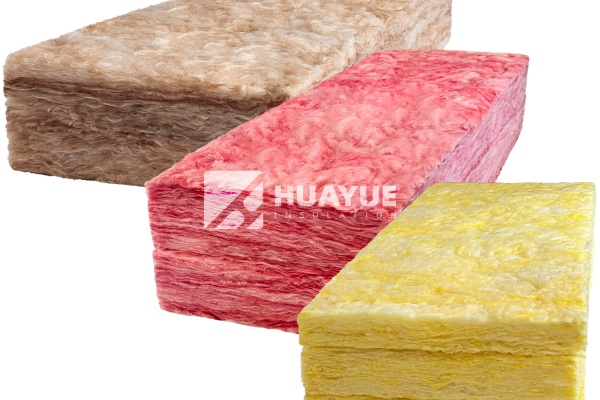
In my own inspections, I have only seen mold on the paper facings or wood framing near wet areas—not the fiberglass itself. Since the batts do not trap water, drying them after leaks blocks mold formation. Only serious, ongoing leaks causing rot in other nearby materials might introduce a mold risk. Proper installation and vapor barriers prevent these problems.
Do houses still use fiberglass insulation?
With so many new materials, does anyone still use fiberglass batts in new homes or renovations?
Yes, fiberglass insulation remains the most used product in residential construction across the US, Canada, Australia, and New Zealand because of its cost, performance, and ease of use.
I continue to see requests for fiberglass batts on almost every housing project. Builders trust the R-values. Homeowners want something proven. Codes keep evolving, but fiberglass always finds a way to stay ahead. At HUAYUE, we offer styles for every country. That means pink for the US, brown or yellow for Australia, and custom sizes for framing variations. The market might change, but fiberglass batts remain the go-to.
Conclusion
Fiberglass batts are still the top pick for home insulation because they are safe, effective, easy to install, and meet any region’s building code.
You may also be interested in:
Ready to Get Started?
Get in touch with our experts for personalized solutions tailored to your needs.
Get Free QuoteLatest Articles
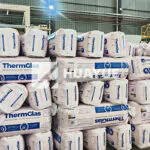
Glass Wool Fire Rating: How Safe Is Your Insulation?
Dec 25, 2025
Let's Work Together
Ready to take your business to the next level? Get in touch with our team of experts and let's discuss how we can help you achieve your goals.
Get Free Solutions
